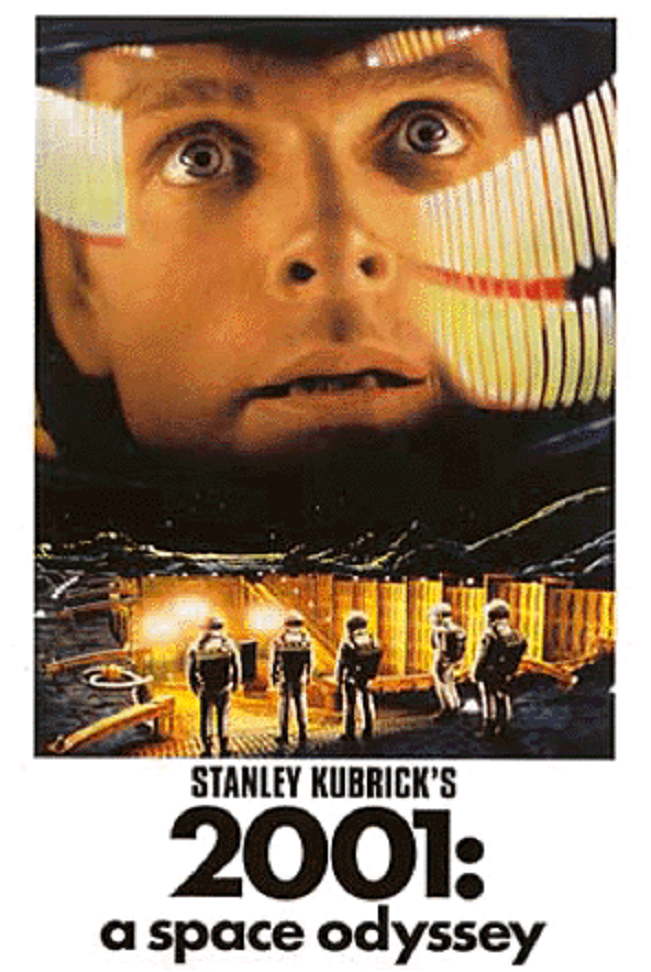Brian Desmond Hurst
Director
Hailing from East Belfast, Northern Ireland, Hans Moore Hawthorn Hurst was a linen worker before joining the army during World War I. He was a private in the Royal Irish Rifles, and survived the slaughter at the disastrous Gallipoli landing in Turkey. He changed his name to Brian Desmond Hurst. On his return home he became disturbed by the continuing troubles in Belfast and left for Canada to train as an artist. He became part of the artistic “bohemian” movement and moved in those circles in Paris and New York. He eventually wound up in Hollywood, where he studied the craft of filmmaking under the tutelage of famed director John Ford. The two became extremely close–Hurst even appeared as an extra in Ford’s Hangman’s House (1928) along with another of Ford’s good friends, John Wayne–and often referred to each other as “cousin”, although they were not related by blood, and remained the best of friends up until Ford’s death in 1973.
Hurst returned to Europe soon afterward, and made what is generally considered to be Ireland’s first sound film, Norah O’Neale (1934). Two years later he made a film that caused the authorities in his native Northern Ireland to forbid it from being shown there: River of Unrest (1936), a story of the 1921 Irish rebellion against British rule. Hurst ran into censorship troubles again with his adaptation of Edgar Allan Poe’s Bucket of Blood (1934), which was banned in many areas of Great Britain for being “too horrible” for public exhibition. These incidents didn’t deter Hurst from making controversial films, however. He turned out the dark The Fugitive (1939) in 1939, regarded as one of the first British “noir” films.
During the war Hurst made such films as Suicide Squadron (1941), a well-regarded story of an American newswoman in England who falls in love with an exiled Polish pianist who wants to return to his country to fight the Nazis (the film also popularized the musical number “Warsaw Concerto”). After the war he made what he regarded as his favorite film, Theirs Is the Glory (1946), about the disastrous British-American wartime operation at Arnhem in Holland, which became Britain’s biggest-grossing film for almost a decade. He returned to his Irish roots in two other films, Hungry Hill (1947) and John Millington Synge’s The Playboy of the Western World (1962) (which was also his final picture). However, the film he is most famous for is A Christmas Carol (1951), considered by critics and audiences alike to be the definitive version of Charles Dickens’ classic novel “A Christmas Carol”.
Among his other successes was Malta Story (1953), about the defiant resistance of the military and civilian populations on the island of Malta against relentless Nazi bombing during the war, and Simba (1955), about the Mau-Mau rebellion against British colonial rule in Kenya. He retired in 1963 after “Playboy of the Western World”, and died in London in 1986.

